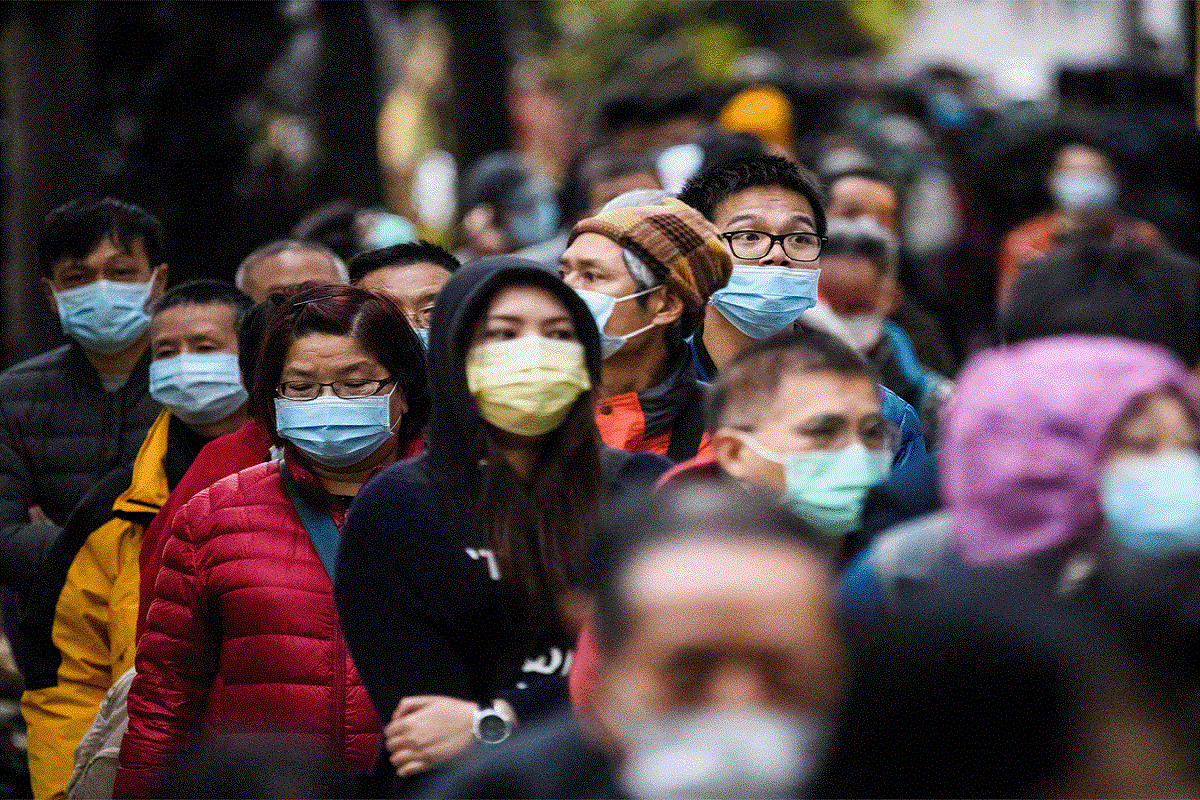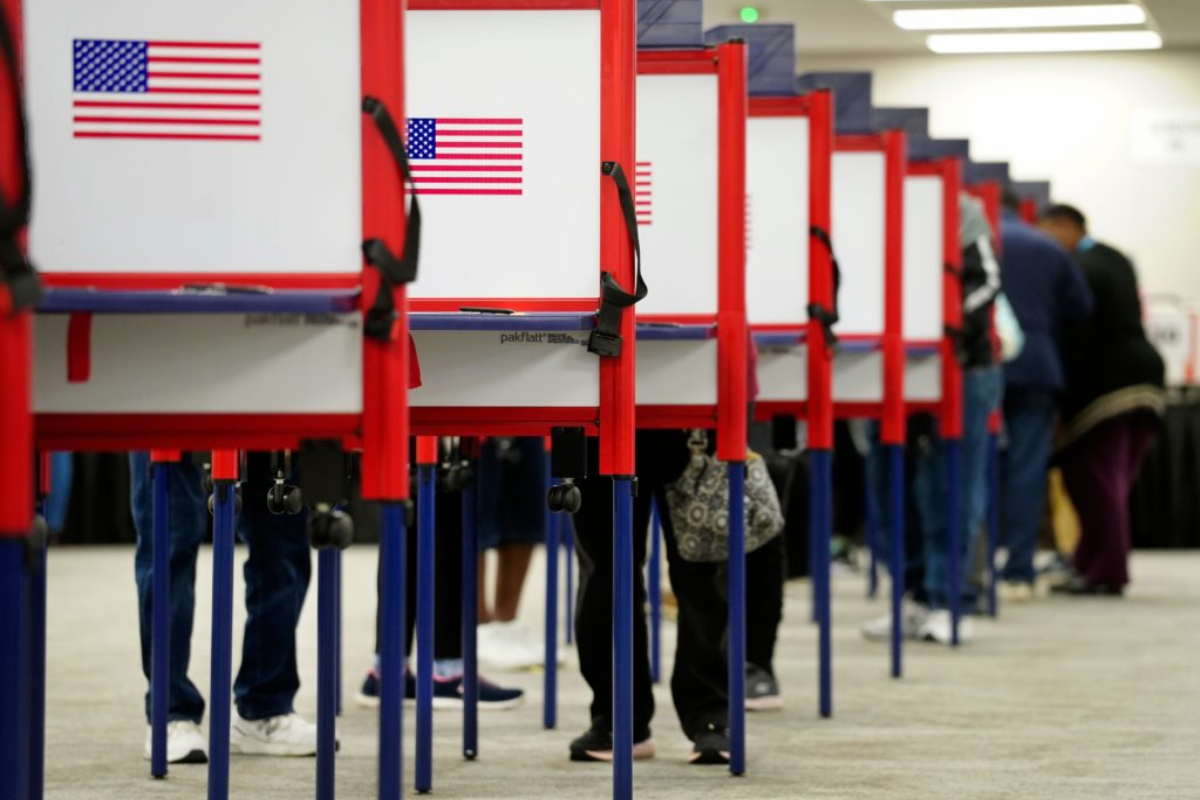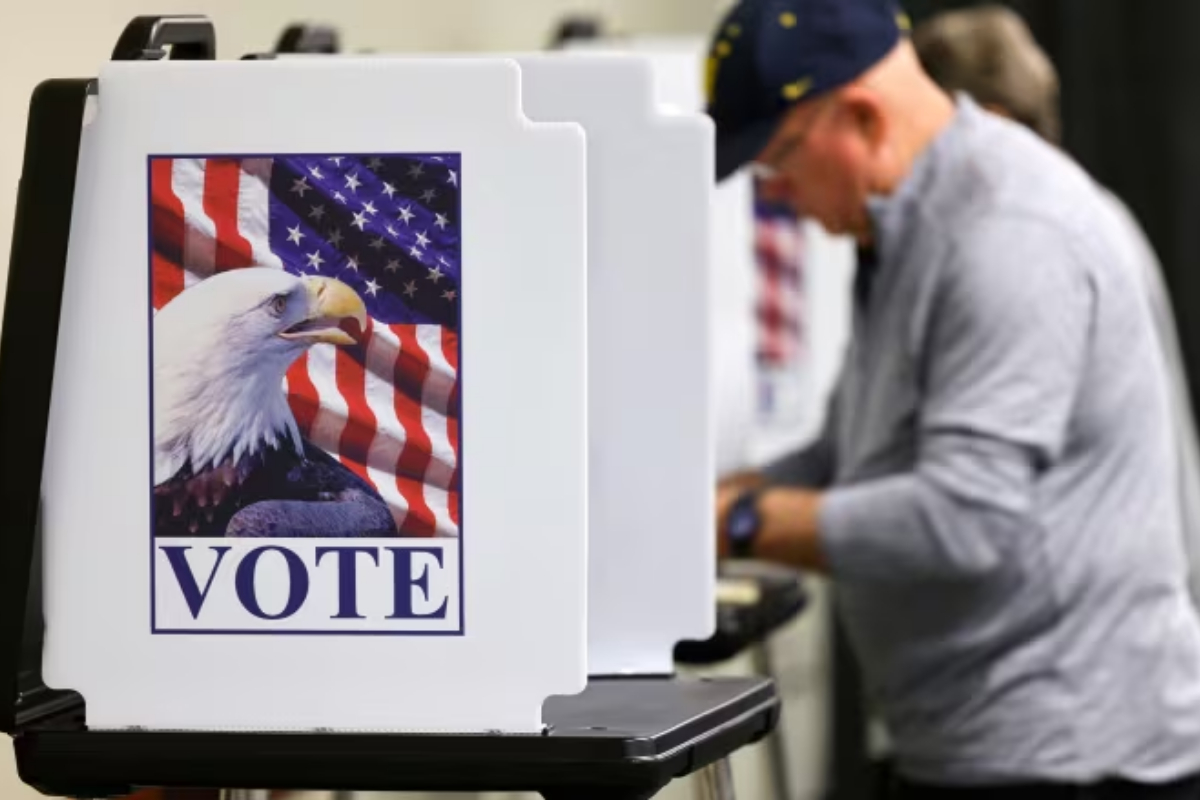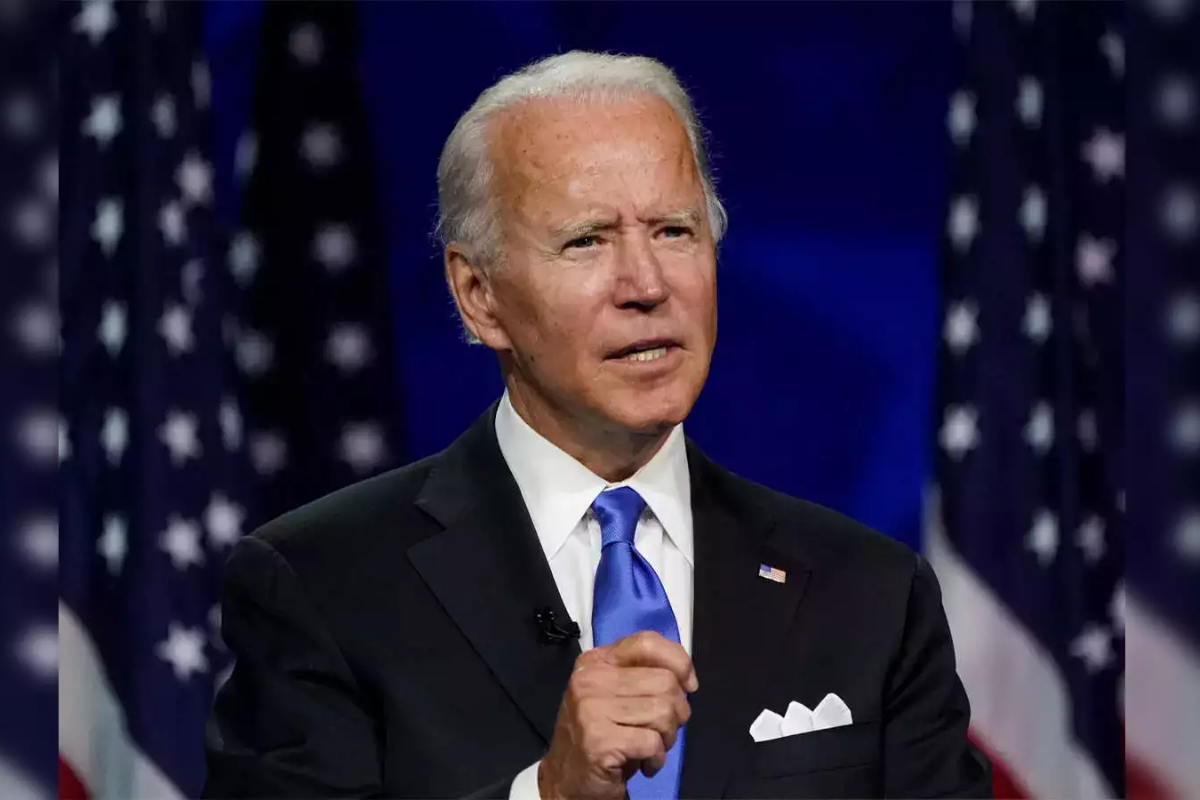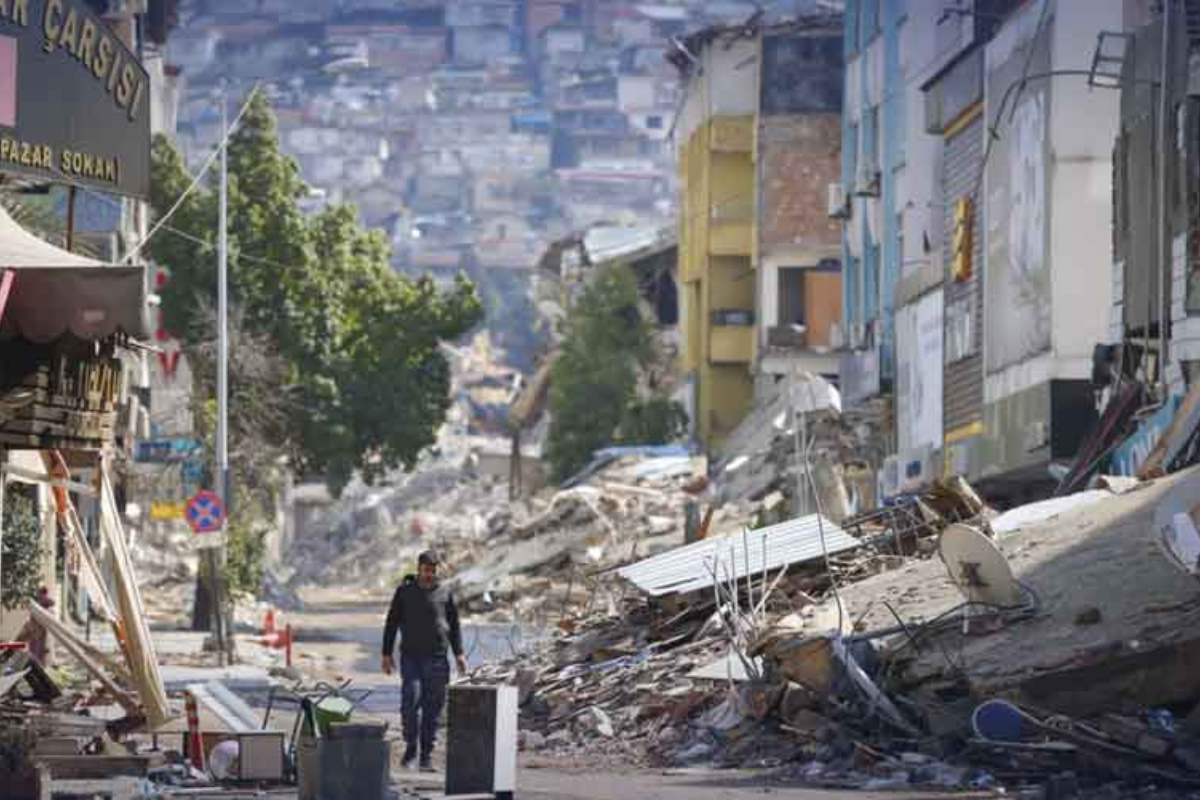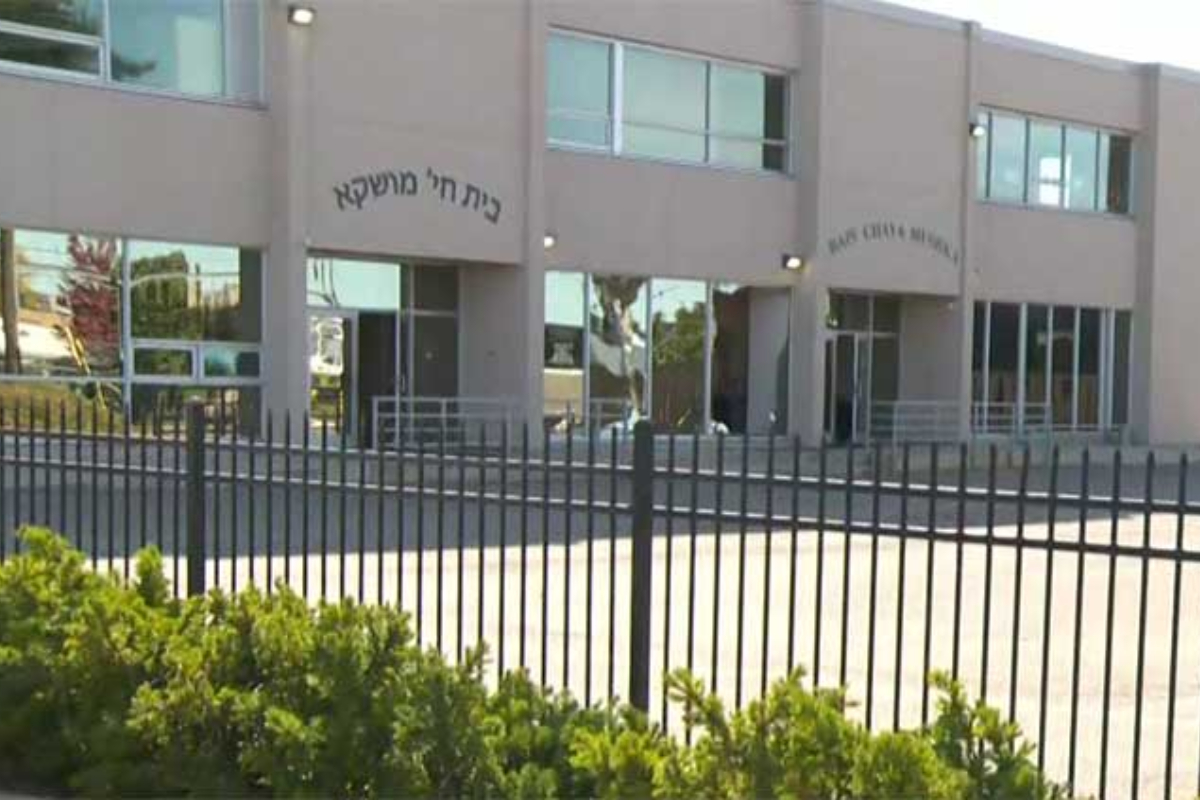- 19 infections are on the rise once more, fueled by highly transmissible variants.
- Some school districts across the country have increased staffing to reduce disruptions. Baltimore County schools had 159 days in January when individual schools in the district couldn’t offer in-person learning.
- Pittsburgh schools experienced 46 disruptions in the second half of last year. The district has switched to a new staffing agency and hopes to fill 90 percent of substitute requests this year.
As the start of the school year approaches, COVID-19 infections are on the rise once more, fueled by highly transmissible variants, filling families with fear. They are concerned about the resurgence of a pandemic scourge: outbreaks that take out large numbers of teachers, close school buildings, and force students to return to remote learning.
Some school districts across the country have increased staffing to reduce disruptions, but many are hoping for the best while doing little else differently than last year.
Even some of the districts that experienced the most disruptions to in-person education as the highly contagious omicron variant spread point to few specific changes in their prevention efforts.
Baltimore County schools, for example, had 159 days in January when individual schools in the district couldn’t offer in-person learning, according to data from the private research firm Burbio, which tracks over 5,000 school districts nationwide. Officials from the district stated that they did not see the need to change protocols.
“We don’t expect significant changes to our plan; we don’t expect significant disruptions,” said Charles Herndon, a spokesperson for Baltimore County Public Schools. “What we’re expecting to see are waves of COVID in 2022 and 2023, and I’m sure there will be times when more people are absent and times when everything is fine.”
Nonetheless, if necessary, the district is prepared to move classes online.
“We certainly hope we don’t have to go to that extreme,” he said, “but it is an option if we need to consider it.”
Teacher shortages continue to be a major issue, even more so than COVID-19 itself, according to Dan Domenech, executive director of AASA, an association of school superintendents.
“That is the greater concern – that they will have enough staff to staff all of the classrooms and programmes – which will only be exacerbated if there is a COVID outbreak,” he said.
Schools in Philadelphia demonstrate how disruptive surges can be. Beginning in January, the virus forced 114 city schools to go remote for an average of eight days each — a total of 920 days of remote learning, more than any other district in Burbio’s data from January to June.
Schools were forced to bring in central office staff, combine classrooms, or go remote due to a lack of substitute teachers, according to district spokesperson Marissa Orbanek.
According to Orbanek, the district has switched to a new staffing agency and hopes to fill 90 percent of substitute requests this year. They also have over 100 supplemental teachers, who come to the same school every day in case of last-minute absences.
James Fogarty, a parent in Pittsburgh, saw his elementary school-aged children return to online learning several times last year in a district that experienced 46 disruptions in the second half of last year. He hopes that the district and communities will be able to identify problems earlier and work on better solutions, such as identifying backup options for families.
“How do we build systems that are flexible to meet the shocks when they happen other than just like saying to families, ‘Good luck, you’re on your own and I hope you don’t get fired because you have to miss your shift job,’” said Fogarty, the executive director of A+ Schools in Pittsburgh, an organization that promotes equity in schools. “That isn’t a satisfactory answer for me.”
Schools cannot afford more disruptions that divert attention away from the critical work of helping students catch up, according to Thomas Kane, a Harvard education policy researcher. Students at lower-income schools that were doing remote learning for more than half a year lost the equivalent of 22 weeks of learning, he said, while higher-income schools lost 13 weeks.
“We’ve seen a historic widening of achievement gaps between Blacks and whites, Latino students and whites, and high- and low-poverty schools,” he said. “If we don’t take action to close those gaps, they’ll become permanent, with serious consequences for children.”
Schools are hoping for fewer disruptions because many districts have invested in better ventilation and vaccines are available to children as young as six months old. Aside from increasing substitute hiring, some of the districts that were hardest hit last year have made minor changes to their protocols.
At Baltimore City schools, which is separate from the county school system, officials say expanded access to rapid tests will help schools stay open if a new variant surges in the fall. The school previously relied on slower PCR tests, and when omicron cases spiked in January, the district’s testing regimen couldn’t keep up. The switch to a faster test helped the district avoid any schoolwide closures for the rest of the spring.
“We firmly believe that with the protocols we have in place that we’re going to be able to keep in-person learning going as the virus ebbs and flows and as new variants come — pending an unforeseen variant that really changes the game,” said Cleo Hirsch, director of the district’s COVID-19 response.
The school district in Montgomery County, Maryland, had 338 cumulative days of disrupted learning in January, the second-highest of all the districts in Burbio’s data. District spokesperson Christopher Cram said that was in part because of a policy that triggered hybrid or virtual learning automatically if the COVID case rate in a school rose to 5%. It is working on an updated safety plan for the new school year, he said.
[embedpost slug=”/former-u-s-congressman-buyer-charged-with-insider-trading-ahead-of-telecoms-merger/”]

